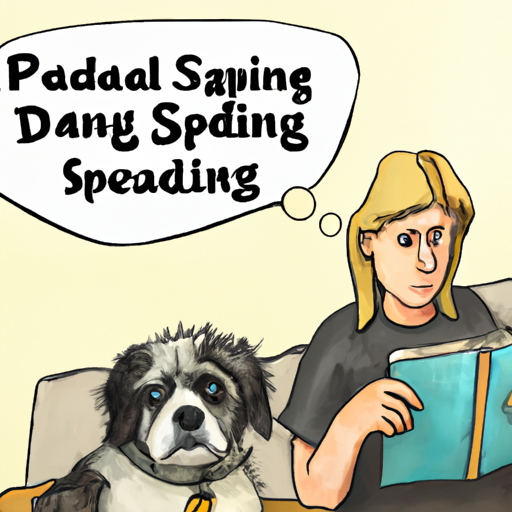Understanding Canine Paralysis
You might be walking in the park with your furry best friend, and suddenly, they can’t move their legs anymore. It’s a heart-wrenching sight, especially when you don’t understand what’s going on. Canine paralysis is a severe condition that can occur suddenly in your pet. It is often the result of a medical emergency, such as:
- Trauma to the spinal cord or nervous system
- Infections
- Degenerative disorders
- Cardiovascular incidents
The Main Culprits: Detailed Causes of Sudden Paralysis in Dogs
Trauma
Accidental injuries are the leading cause of sudden paralysis in dogs. These can occur from an unfortunate fall or a collision with a vehicle. The trauma can lead to fractures or dislocation of the spinal cord, which disrupts nerve signals, causing paralysis.
Infections
Various infections can lead to sudden paralysis in dogs. Tick-borne diseases like Lyme disease and Rocky Mountain spotted fever can cause inflammation of the nervous system leading to paralysis.
Degenerative Disorders
Conditions like intervertebral disc disease (IVDD) lead to the degeneration of the cushioning discs between the dog’s vertebrae. Over time, this degeneration can cause discs to rupture, leading to spinal cord damage and paralysis.
Cardiovascular Incidents
Blood clots or stroke can also cause sudden paralysis in dogs. These events block blood flow to parts of the nervous system, leading to nerve damage and paralysis.
Recognizing the Signs: Symptoms of Canine Paralysis
You’re not a vet, but as a caregiver, you can watch out for these symptoms:
- Difficulty moving or dragging of the hind legs
- Loss of coordination or balance
- Loss of bladder or bowel control
- Pain and discomfort
- Changes in behavior
What to Do: Immediate Steps to Take
If you notice any of these signs, you should:
- Remain Calm: Your pet senses your stress. Stay calm to avoid worsening their anxiety.
- Call a Vet: Contact your vet immediately. If they’re unavailable, find an emergency pet hospital.
- Transport Safely: Carry your dog to avoid causing further injury.
FAQs
Q: Can a dog recover from sudden paralysis?
A: Recovery depends on the cause and severity of the paralysis. In some cases, with immediate medical attention and ongoing therapy, dogs can regain partial or full mobility.
Q: How can I prevent paralysis in my dog?
A: Regular vet check-ups, keeping your pet at a healthy weight, and preventing injuries can reduce the risk of paralysis. Also, ensure your pet is protected against ticks.
Q: What breeds are more prone to paralysis?
A: Breeds with long backs, like Dachshunds and Corgis, are more prone to conditions like IVDD, which can cause paralysis.
Q: Is there any treatment for canine paralysis?
A: Treatment options depend on the cause of the paralysis and may include surgery, medication, and physical therapy.
In conclusion, sudden paralysis in dogs can be a scary event for any caregiver. But with the right knowledge and prompt action, you can ensure your pet gets the best possible care.



